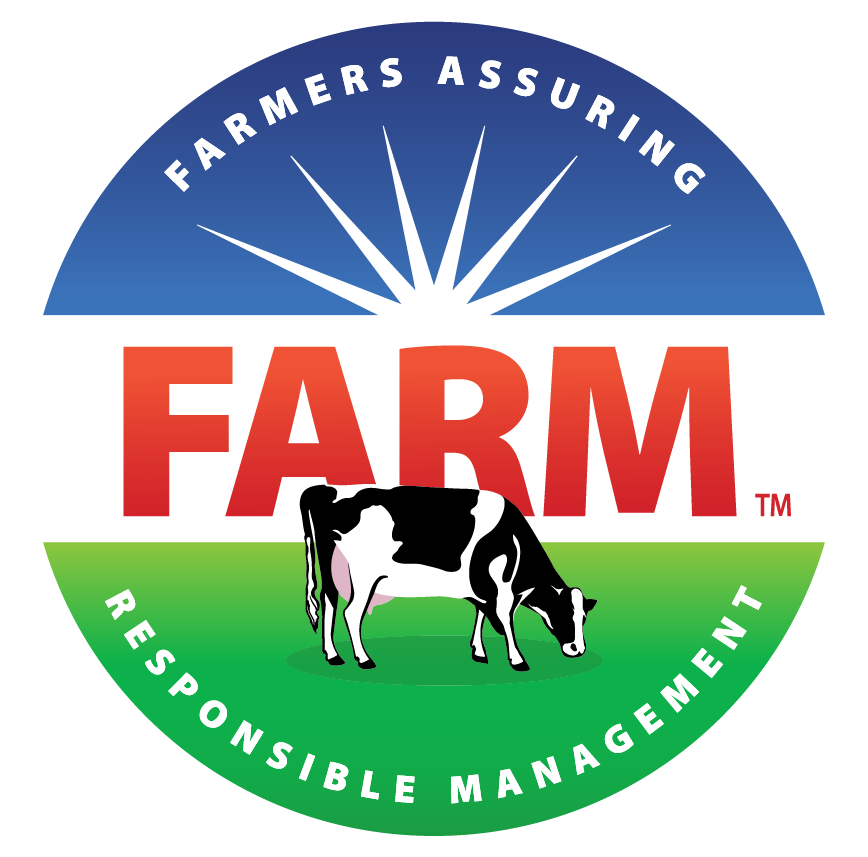First, make certain that the data input is correct. It is possible there was an error in providing the data.
If you and the farm are sure that the data point is correct and that it falls outside of the boundaries of FARM ES, IT can run the evaluation with the correct data. They have permissions to enter information that falls outside the set range. You can email them directly at farmtechsupport@nmpf.org and let them know that you have a FARM ES evaluation with a data point that falls outside of the allowable range.
You can view your recent evaluations in the Evaluations App. You can select it, edit the data, and resubmit. If it has been more than 90 days since the evaluation was submitted, please email FARM tech support.
FARM ES is not currently designed to collect data for existing carbon markets. As we look toward FARM ES Version 3, we are evaluating how FARM ES data collection could align with the data requirements of private carbon markets. At this time, few private carbon markets offer credits for carbon reductions specific to dairy operations (e.g. enteric emissions reductions).
Yes. FARM Participants can aggregate FARM ES data for Scope 3 reporting, either for their own organization’s Scope 3 reporting purposes or for reporting to dairy buyers. In fact, the Innovation Center for U.S. Dairy has created Scope 3 GHG Inventory Guidance for dairy cooperatives and processors, which recommends the use of FARM ES.
The Scope 3 GHG Inventory Guidance has been reviewed by the GHG Protocol and is in conformance with the requirements set forth in the Corporate Value Chain (Scope 3) Accounting and Reporting Standard. The GHG Protocol maintains frameworks for measuring and managing GHG emissions. It is widely used for reporting to CDP.
A company’s GHG emissions are divided into Scopes 1, 2, and 3. In a nutshell, they are as follows:
Scope 1: Emissions that occur on-site. For example, if you burn natural gas for energy, the GHG emissions are directly released during that process on-site.
Scope 2: Emissions that occur elsewhere, but for which the company has operational control. The best example is electricity. The company has operational control over whether the lights are on or off, but the emissions occur off-site where the electricity is generated.
Scope 3: All other indirect emissions not covered in Scope 2. This includes all of the upstream emissions that occurred before the company had operational control over a process or product (e.g. for a cheese manufacturer, this would include GHG emissions to create the milk that the company purchased). It also includes downstream emissions (e.g., emissions that occur after the cheesemaker’s products leave the plant, like those at the grocery store or when consumers dispose of packaging.)
GHG emissions are categorized into each Scope based on the company’s perspective. So for a cheese manufacturer, on-farm emissions are considered Scope 3. But for the farmer, those emissions are Scope 1 and 2.
You can find out additional details in the Innovation Center for US Dairy’s Scope 1 & 2 GHG Inventory Guidance and Scope 3 GHG Inventory Guidance for dairy cooperatives and processors.
